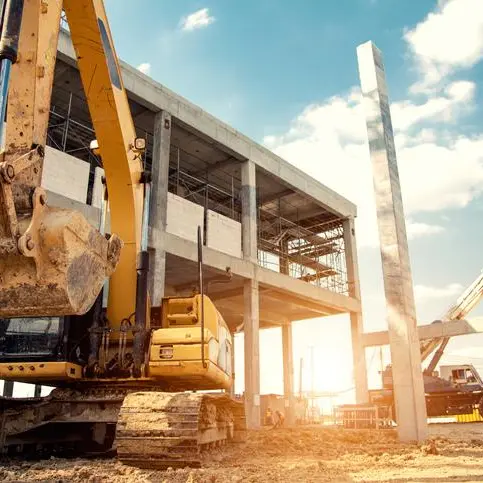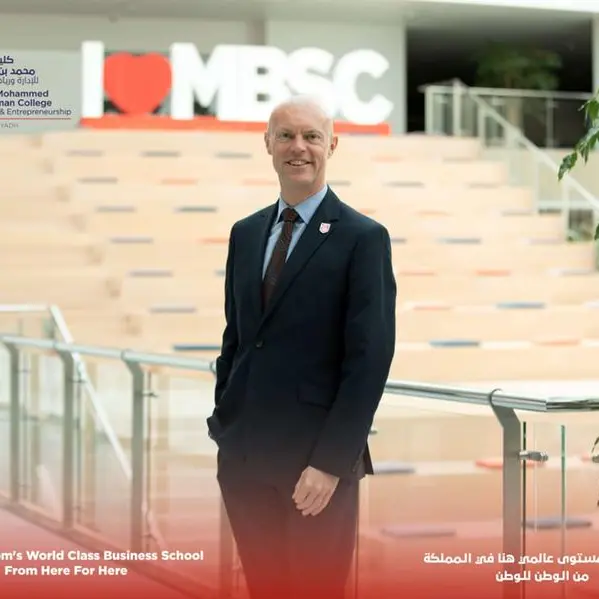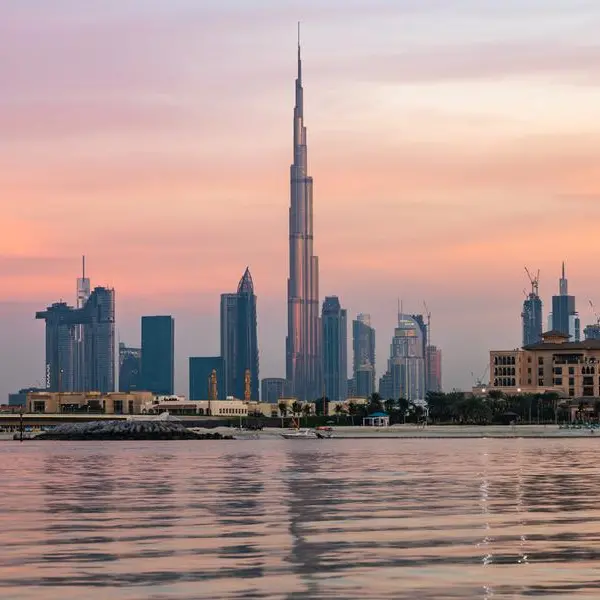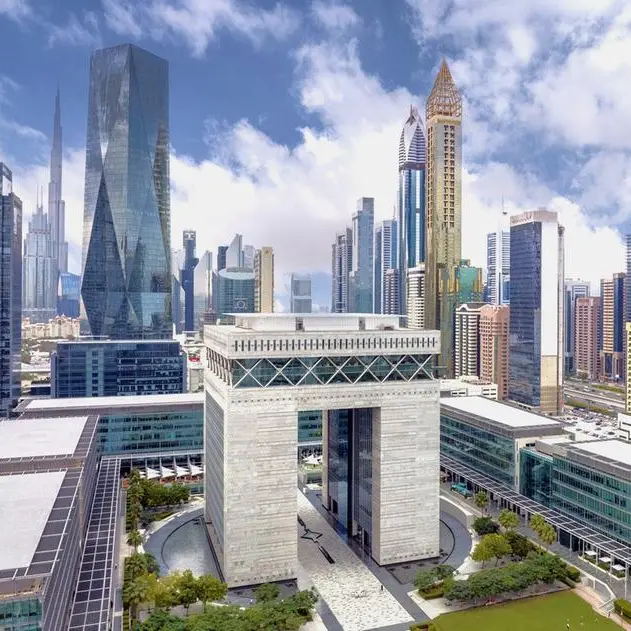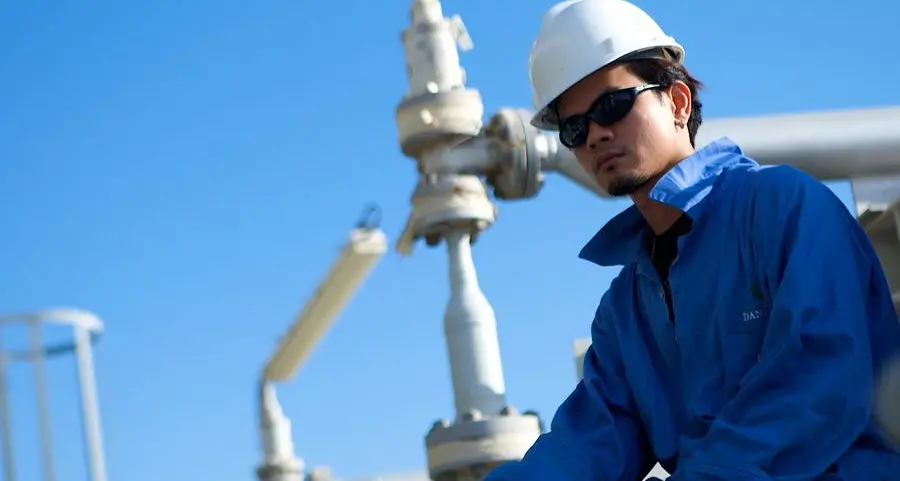PHOTO
Riyadh:– Saudi Arabia’s real estate market ended the year with villa prices rallying in major cities while office rent continued to record strong growth rates.
Looking at Saudi Arabia’s office sector, in Riyadh, rents have increased across all grades in the 12 months to Q4, 2023, with average prime rent increasing by 20.7%. Average rents in the capital for both Grades A and B grew by year-on-year by 13.0% and 22.2%. As for average occupancy rates, Grade A rate increased by 0.8% to reach full occupancy while Grade B rate stood at 99.4%. In Jeddah, Grade A office rents increased by 19.7% from a year earlier, whereas Grade B rents slightly increased by 1.0%. Occupancy rates for both Grade A and Grade B offices in Jeddah rose to reach 92.5% and 82.1% respectively. In the Eastern Province, Dammam and Khobar’s office markets saw Grade A increase by 7.4% and 7.2% respectively from a year earlier. Grade A occupancy levels in Dammam and Khobar registered at 84.2% and 83.6% as at Q4 2023 while the occupancy rates for Grade B offices in Dammam stood at 71.6%.
In the residential sector, total transaction volumes in Riyadh increased by 63.7% compared to the same quarter in 2022. Jeddah has also witnessed an increase of 23.4% in terms of transaction volumes, while Dammam’s volumes declined by 23.4%. Average apartment prices across most major cities in Saudi Arabia saw growth, with prices in Riyadh, Dammam and Khobar increasing by 10.7%, 1.8% and 2.0%. In Jeddah’s apartment market we saw average prices falling by 1.9%. In the year to Q4 2023 villa prices in Saudi Arabia demonstrated uniform growth across all key tracked cities. Average villa prices in Riyadh, Jeddah, Dammam, and Khobar increased on average by 5.5%, 4.8%, 0.3% and 1.1% respectively.
Looking at the hospitality sector, Saudi Arabia’s hospitality indicators have mostly outperformed their 2019 baselines. For the full year 2023, compared to 2019, Saudi Arabia’s average occupancy rate recorded a 3.5 percentage points increase with the kingdom’s ADR improving by 12.3%, leading to a 18.9% increase in RevPAR. On a city level, in the year to 2023, Riyadh gained a 3.1 percentage points increase in its average occupancy rate, while its ADR expanded by 17.5% leading to a 23.5% increase in RevPAR. In Jeddah, the average occupancy levels saw a hike of 7.0 percentage points accompanied by a 0.4% growth in its average daily rate culminating in RevPAR growth of 12.9%. Makkah and Madinah persisted with the positive performances seen over the year with average occupancies rising by 3.9 and 5.6 percentage points, and their average daily rates registering growth of 21.9% and 35.3% respectively. As a result, Makkah and Madinah witnessed RevPAR growth rates of 29.8% and 46.6%. In Khobar we saw the average occupancy rate expanding by 7.5 percentage points while its ADR declined by 5.0%, resulting in its RevPAR improving by 8.1%. In Dammam, the average occupancy rate rose by 7.5 percentage points while its ADR softened by 1.6% leading to an overall increase in RevPAR of 13.1%.
During Q4 2023, the Ministry of Transportation and Logistics Services showcased the results of ongoing structural and operational reforms carried out in the pursuit of transforming the industrial and logistics sector. One of the key deliverables of National Transport and Logistics Strategy (NTLS) has been optimising shipping services offered under the Saudi Ports Authority (MAWANI). This was accomplished through the addition of 28 new cargo services and enhancing container handling, which propelled Saudi Arabia to 16th place in the Lloyd s List One Hundred rankings. Structural changes such as these are continuing to underpin demand, given this and very limited supply levels, in the year to Q4 2023, average industrial and logistics rents in Riyadh, Khobar, Dammam and Jeddah increased by 17.6%, 17.8%, 11.3% and 6.6% respectively.
Taimur Khan, Head of Research – MENA at CBRE, comments: “On the whole, demand in Saudi Arabia’s continue to severely outpace supply across almost all real estate market sectors, hence, we have seen relatively strong levels of performance in 2023, despite some headline economics headwinds. In 2024, whilst supply across many sectors is set to expand, we expect that it will still continue to lag demand materially, as a result we expect that performance levels will remain robust throughout the year.”
-Ends-

